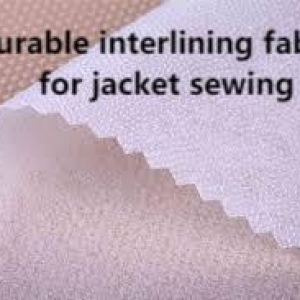Rivets are semi-permanent fasteners used to join two or more pieces of material together. They come in a variety of materials, including steel, aluminum, copper, and bronze, each chosen based on the specific requirements of the application. In this article, we will explore the different types of rivet materials, their properties, and their applications. Additionally, we will delve into the rivet manufacturing process and the key factors to consider when selecting a rivet material.

The Manufacturing Process of a Rivet
The production of a rivet begins with cutting a rod of material to the desired length. This rod is then inserted into a die, a shaped tool that forms the head of the rivet. Dies are typically made from hard materials such as steel or tungsten carbide to withstand the forces involved in shaping the rivet.
There are two primary types of dies used in rivet manufacturing: upset dies and pull dies.
Upset Dies: These dies form the rivet head by compressing (or upsetting) the end of the rod, typically resulting in a round head.
Pull Dies: These dies create the rivet head by pulling the rod through the die, often producing a countersunk head.
After forming the head, the rivet may undergo heat treatment, depending on the material. Heat treatment alters the material's properties, such as its strength and hardness. The specific type of heat treatment applied depends on the rivet's material.
The final steps in the manufacturing process include finishing, which may involve cleaning the rivet, inspecting it for defects, and applying a protective coating to prevent corrosion and wear. While the process of manufacturing rivets is relatively straightforward, it demands precision to ensure that the rivets are strong and durable.
Additional Details on Rivet Manufacturing:
Die Type: The choice of die affects the head shape—upset dies generally produce round heads, while pull dies create countersunk heads.
Heat Treatment: This process can enhance the rivet's strength and hardness, depending on the material.
Finishing: The application of a protective coating helps to prevent corrosion and wear.
Automation: Rivet manufacturing can be automated to increase production speed and accuracy, though high-precision rivets may still be produced by hand.
Common Rivet Materials and Their Applications
Rivets are made from various materials, each offering specific advantages depending on the application:
Steel Rivets: The most common type, steel rivets are known for their strength and durability, making them suitable for a wide range of applications.
Aluminum Rivets: Lighter than steel but not as strong, aluminum rivets are often used in applications where weight is a concern, such as in the aerospace industry.
Copper Rivets: Known for their corrosion resistance, copper rivets are ideal for environments where corrosion is a concern.

Bronze Rivets: These are strong, durable, and capable of withstanding high temperatures, making them suitable for high-temperature applications.
Plastic Rivets: Made from various plastic materials, these rivets are often chosen for their lightweight properties, making them suitable for applications where weight is a critical factor.
Nylon Rivets: A type of plastic rivet, nylon rivets are recognized for their strength and durability and are used in applications requiring a high level of strength.
Choosing the Right Rivet Material
Selecting the appropriate rivet material is crucial and depends on the specific application. The following factors should be considered:
Strength: The material must be strong enough to support the load it will bear.
Weight: The material should be lightweight to avoid adding unnecessary weight to the assembly.
Corrosion Resistance: If the rivet will be used in a corrosive environment, the material must resist corrosion.
Temperature Rating: The material must withstand the temperatures it will encounter during use.

Conclusion
Choosing the right rivet material is essential for ensuring the success of any assembly. With various materials available, each with its own set of properties, the best choice depends on the specific strength, weight, corrosion resistance, and temperature requirements of the application. By understanding the different materials and the rivet manufacturing process, you can make informed decisions that enhance the performance and durability of your projects.






